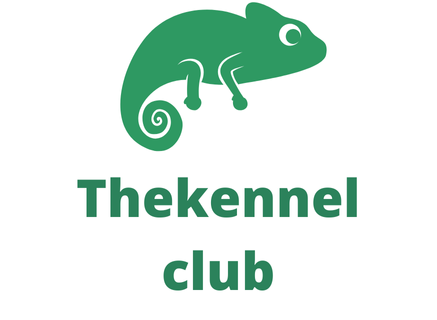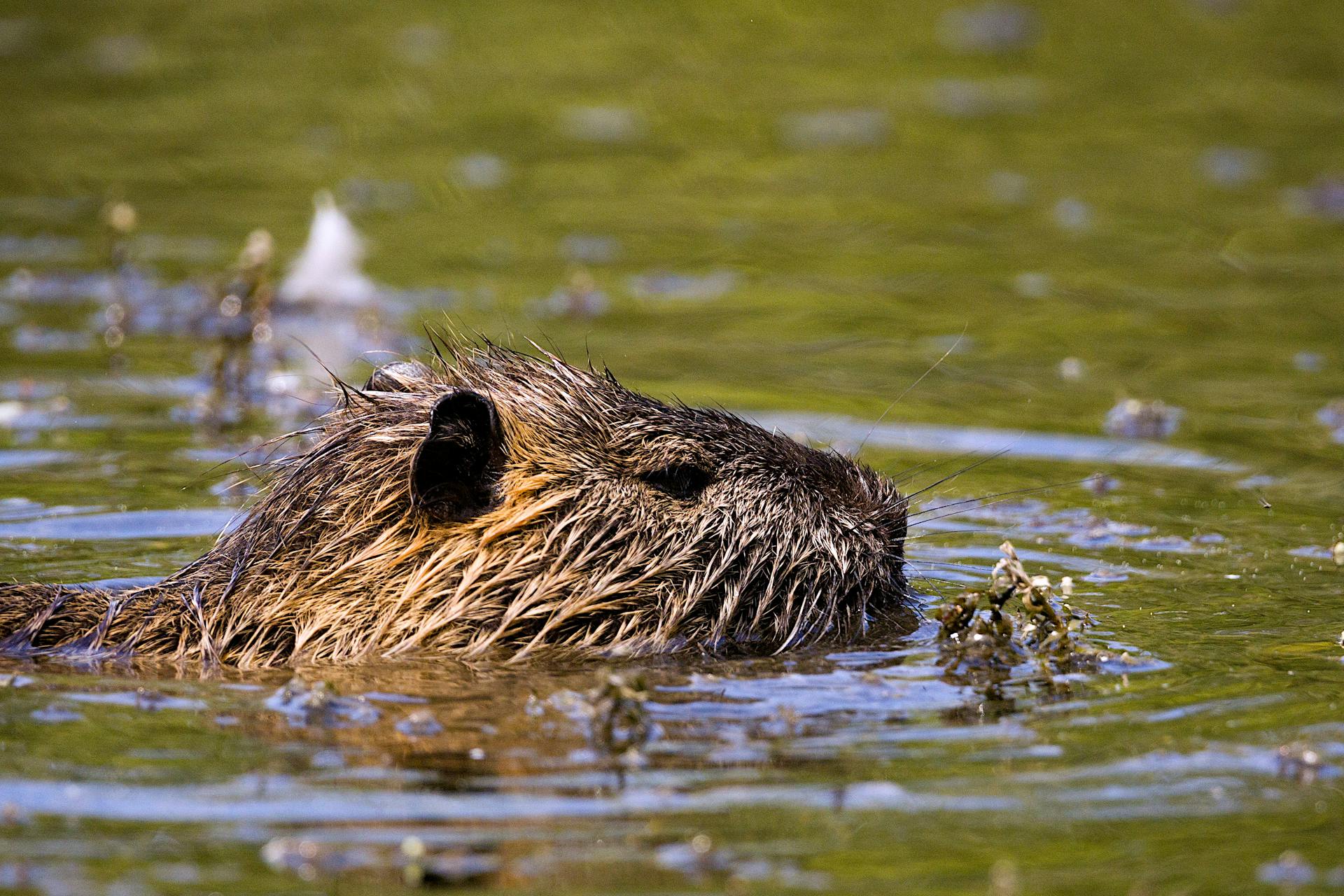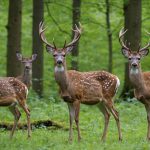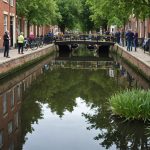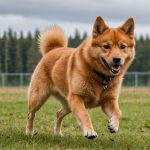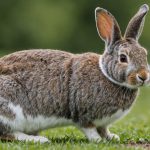As pet owners, you often enjoy the company of your furry friends for outdoor activities. One of the favorite activities of many is taking their dogs for walks in nature reserves. It is an enriching experience, not only for you, but also for your pets. Introducing dogs to the wildlife and natural surroundings provides them with numerous health benefits and reinforces trust between the owner and the pet. However, there is an important consideration to be mindful of – the impact your pet can have on local wildlife.
The Importance of Conscious Pet Ownership in Nature Reserves
While nature reserves serve as an excellent playground for your dogs, it’s crucial to remember that they are also home to diverse wildlife species. As pet owners, understanding the potential impact of your dog’s presence on these animals is a responsibility that should not be taken lightly. Dogs, being domesticated descendants of wolves, still possess many of their ancestors’ instincts. This includes chasing, hunting, and marking their territory, behaviours which can disturb or negatively affect the local wildlife.
Lire également : How can UK citizens participate in citizen science projects for wildlife conservation?
When your dogs are unleashed in nature reserves, they may unknowingly threaten or harm delicate ecosystems. Dogs’ barking can scare off birds, disrupt their nesting, and even lead to the abandonment of their young ones. Small mammals may also perceive dogs as predators, causing unnecessary stress and disturbance to their natural behaviours.
Furthermore, the pathogen transmission from dogs to local wildlife is another significant risk. The spread of diseases like canine distemper or parvovirus can have devastating effects on local wildlife populations.
Sujet a lire : Why is it important to maintain genetic diversity in UK’s farm animal breeds?
Balancing Dog Walking and Wildlife Conservation
While the potential for adverse impact is clear, it doesn’t mean you should stop taking your dogs for walks in nature reserves altogether. Instead, it’s about finding a balance, and adopting responsible pet management practices which can greatly reduce these disturbances.
The first step is to always keep your dog on a lead, as it’s crucial to prevent potential chasing or harassing of wildlife. It also gives you more control over your pet’s actions, reducing the chance of any unexpected encounters.
Another factor is the time of your visit. Certain periods, such as breeding seasons or times when young animals are present, are particularly sensitive. Being aware of these periods and adjusting your walking schedule accordingly can significantly reduce the impact on wildlife.
Enhancing the Dog-Walking Experience while Respecting Wildlife
Ensuring your dogs respect wildlife doesn’t have to come at the expense of their enjoyment. In fact, there are many ways to make the walk more enriching for your pet while still preserving the environment.
Engage your dogs in different activities. This could include simple games, obedience training, or mental stimulation activities, such as finding hidden treats. These activities will keep your dogs occupied, reducing their interest in chasing or disturbing wildlife.
Teaching your dogs to be calm and quiet during the walk is also beneficial. A well-behaved dog doesn’t only contribute to a peaceful environment for wildlife, but also to your own peace of mind.
The Role of Trusts and Nature Reserves in Promoting Responsible Pet Ownership
Trusts and nature reserves across the UK play a significant role in educating pet owners about the importance of responsible pet ownership. They provide guidelines and regulations that pet owners are expected to follow while visiting these areas.
Many of these trusts encourage pet owners to keep their dogs on leads, especially during sensitive periods for wildlife. They also provide information about specific wildlife species present in the reserves, their behaviors, needs, and how to respect them.
Moreover, some trusts and reserves offer designated areas for dog walking. These areas are usually away from the main wildlife habitats, reducing the potential for disturbance.
While understanding the potential impact of pets on local wildlife during walks in nature reserves may seem daunting, remember that responsible pet ownership can go a long way in preserving these beautiful, natural spaces. By taking a few simple steps, such as keeping your dogs on leads, respecting the wildlife, and adhering to the guidelines provided by trusts and reserves, you can continue to enjoy walks with your pets while contributing to the conservation of the UK’s precious wildlife.
The Mental and Physical Health Benefits of Dog Walking in Nature Reserves
Walking a dog in a nature reserve is not just a leisure time activity but a holistic experience that benefits both you as a dog owner and the dog itself. The diverse landscapes, the sounds of wildlife, and the fresh air all contribute to creating a calming and soothing environment for mental health. This, in turn, can help reduce anxiety and stress levels, enhancing overall well-being.
From a physical health perspective, dog walks in nature reserves provide a fantastic opportunity for pet owners to engage in regular physical activity. This can help maintain a healthy body weight, reduce the risk of chronic diseases, and boost cardiovascular health.
For dogs, these walks offer a much-needed break from their routine. The expansive and varied terrain of nature reserves allows dogs to explore new environments, engage their senses, and burn off energy. Regular physical activity also helps to keep dogs healthy and fit, reducing their risk of obesity and associated health problems.
However, while enjoying the benefits, it’s crucial to remember the responsibilities that come with dog ownership. The walks should be conducted in a way that respects the wildlife and protects the fragile ecosystems of the nature reserves.
The Importance of Proper Dog Waste Management in Nature Reserves
Dog waste, often termed as ‘dog poo,’ is a significant concern in nature reserves. It is not only unsightly and unpleasant, but it also poses a substantial threat to wildlife and the environment. Dog poo can contain harmful pathogens and parasites, which, if left unchecked, can contaminate the soil, water sources, and potentially spread diseases to wildlife.
As responsible dog owners, it’s essential to pick up after your dogs during your walks. Most wildlife trusts and nature reserves provide dedicated waste bins or ask that you take the waste home to dispose of it properly.
Additionally, it’s best to avoid walking dogs in certain areas during specific times. For example, avoiding bird nesting areas during the breeding season can help protect young birds from potential harm.
Conclusion: The Symbiosis Between Wildlife Conservation and Responsible Dog Walking
In conclusion, walking dogs in nature reserves in the UK can provide a range of benefits for dog owners and their pets. It can enhance mental health, provide a great source of physical activity, and create a stronger bond between dogs and their owners.
However, it’s essential to balance these benefits with the need to protect and conserve our wild places. This requires dog owners to adopt responsible practices such as keeping their dogs on leads, managing waste effectively, and respecting the needs and sensitivities of local wildlife.
By adhering to the guidelines and regulations provided by wildlife trusts, dog owners can contribute significantly to wildlife conservation. This way, we can ensure that our nature reserves remain safe, healthy, and enjoyable spaces for all walkers, whether they are two-legged or four-legged.
Remember, our actions today will determine the future of these precious natural spaces. So, let’s take the lead in responsible dog ownership and set a positive example for others to follow. It’s not just about the current dog walks, but the ones we want to continue enjoying for years to come.
